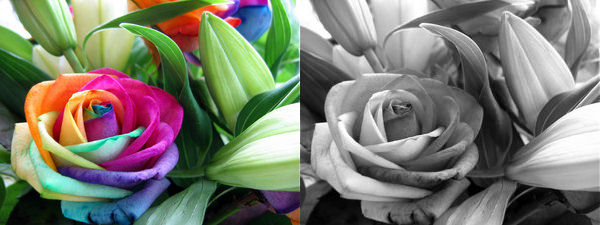"Let Strength be Grant, so that the World Might be Mended. So the World Might be Mended."
 |
| Demon's Souls ~ 2009 |
Popular for it's unforgiving game design, Demon's Souls captivated the feeling of isolation and fear of continuing almost too perfectly. The game was set in a dark medieval fantasy world, in a kingdom called Boletaria. The whole kingdom had been engulfed in a colourless fog that had awoken terrible demons who had either killed or taken prisoner of every living person. Those that they slayed's souls were consumed by the demons to empower their whole evil being.
As a singular character, alone from direct help, had to travel into the colourless fog to slay the demons, and banish them from the kingdom. The game was intentionally very dark. The only bright colours came from the horrific demons, as signals of danger.
The levels of Demon's Souls were structure into sections. Before passing into a new section, the player had to push through the colourless fog. Due to the game's unforgiving nature, pushing forward was not always desires, and many players would trek back to the nearest safe point to deposit their earnings first, because if continued on they would risk losing everything.
The colourless fog was a way of the game telling the player that he hadn't been a certain direction yet, warning them that they had no knowledge of what was ahead. The world past the colourless fog was desaturated, adding to the feeling of being uninvited. The lack of colour reminds the player of death, as upon dying, the world first loses its colour.
But colour was also a warning. Seeing the red dots from far away meant that something very strong was watching the player. Everything was a threat, except one thing.
The way to communicate with other players was through leaving short messages on the round that helped warn and prepare them for their future battles. Then there were the summon signs, which glowed a light blue, a spirit call of help from dead player. The brightness and choice of colour signalling hope, a plea for something easier.
Demon's Souls nailed the feeling of isolation and fear of progress through all of its core aspects, and in my opinion is the best example of colour enhancing narrative in computer games.

































